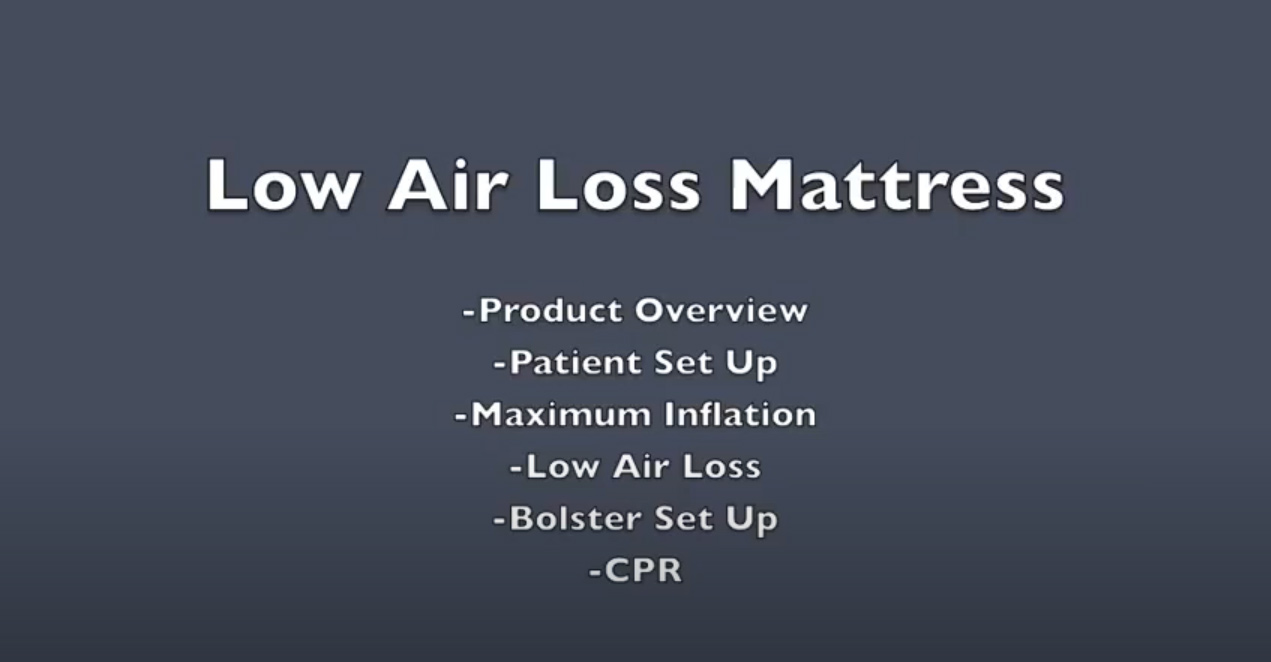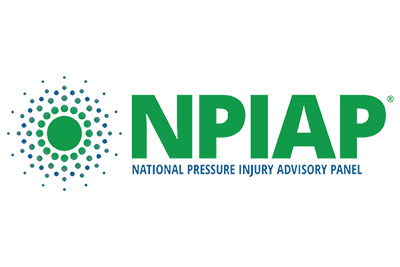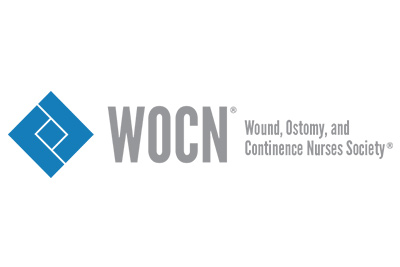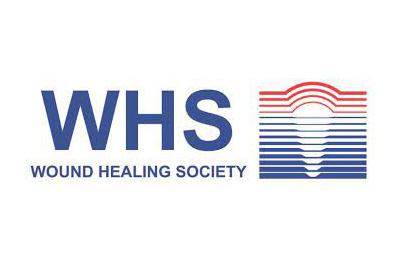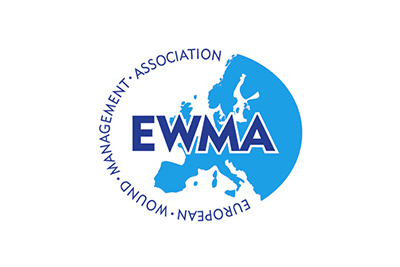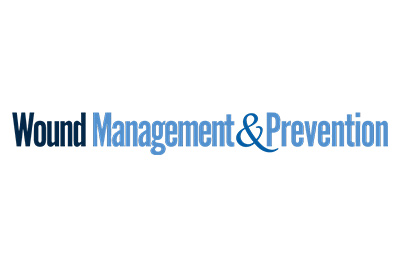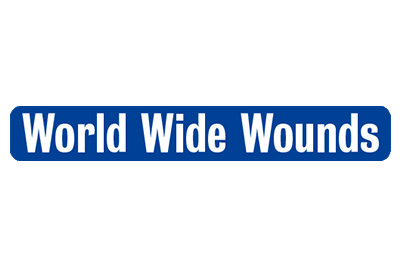Video Resources
Helpful Videos
Frequently Asked Questions
Clinical Solutions has registered nurses who will make product recommendations based on the information provided by the customer. A series of questions pertaining to risk factors as well as specifics about existing wounds and their etiology and management help drive decisions regarding product recommendation. These are collaborative decisions that are ultimately made by those directly responsible for patient care. We do not charge for these services as they typically involve our existing customers who are acquiring products and services from us.
Clinical Solutions receives orders, provides service and delivers equipment 24 hours/day everyday. Our business office is staffed Monday-Friday from 8:00am to 4:30pm.
We can be reached locally @ 314-291-3377 or toll free @ 1-877-600-0260.
Clinical Solutions is located in Maryland Heights, MO. We have distribution throughout the state of Missouri, in central and southern Illinois, and in Athens and Savannah, Georgia.
These terms are no longer used. The correct terminology now is pressure redistribution. Pressure relief implies the elimination of skin to surface pressure. Weightlessness would be the one state where pressure relief would exist. This is true because no surface can provide continuous pressure relief to a soft tissue load. Alternating pressure systems are capable of intermittent relief of skin to surface pressures but cannot be called a pressure relieving device. Other systems provide low skin to surface pressures but capillary closure can and does occur at very low levels of applied pressure. For this reason devices are now said to redistribute these pressures rather than reduce or relieve them. The extent of pressure redistribution and the effectiveness of surfaces in doing so are based on factors such as immersion and envelopment of tissue mass into the surface. Another perspective is the objective of achieving force equalization. This is possible with surfaces that afford a constant restoring force to the load applied.
Low air loss therapy is the property of a specialized surface that addresses the issue of moisture in the patient’s immediate environment. Insensible loss through the skin is a reality that can result in the over-hydration of the epidermis. This is particularly true in individuals who are supine, resting on conventional linen and subject to diaphoresis. Low air loss therapy works by providing air flow directly through a perforated nylon material or by providing air flow beneath a vapor permeable nylon material that the patient is resting upon. This is an active process and the effectiveness of a systems ability to deliver is based on several variables. The amount of air flow is crucial. If the design of the system is based on air flow through perforations in the material surface, these must be sufficient in size and/or number to allow for adequate amounts of air to move through them and over the patient’s skin. If on the other hand the design is based on a vapor permeable surface material, the moisture vapor transmission ratio of the material must be great enough to allow for adequate passage of moisture vapor through the material and air flow sufficient then to evaporate the moisture transferred.
Alternating pressure therapy is as the name implies, the application of varying degrees (alternating) of pressure against soft tissues that are suspended on the top of a support surface. This therapy alternately subjects tissues to pressure followed by periods of low to no pressure. This cycling of applied pressures creates tissue offloading. This occurs when pressures are lowered or removed and tissues subsequently recover. This loading and off loading is believed to be beneficial for healing and is thought to positively effect tissue fluid dynamics.










